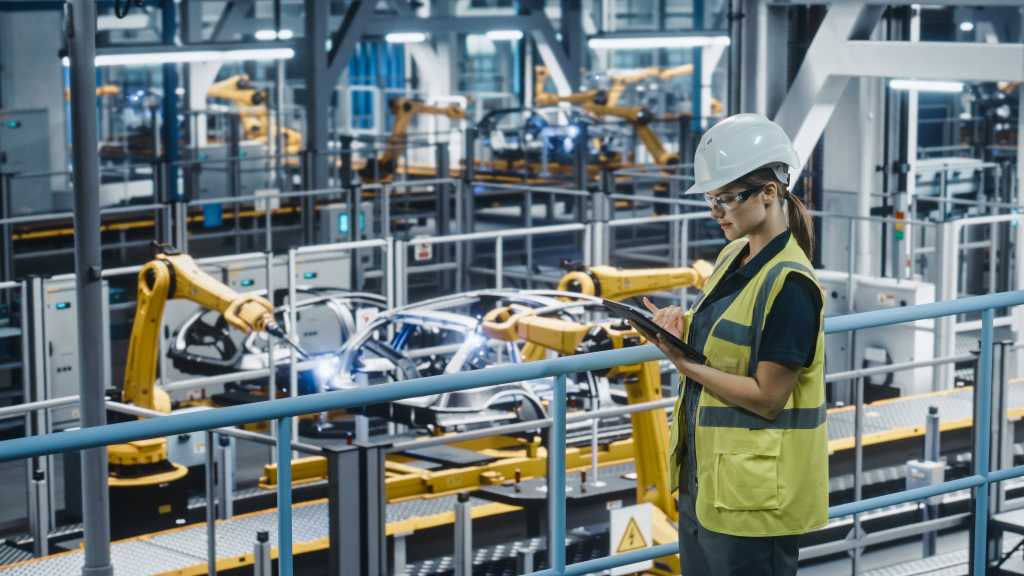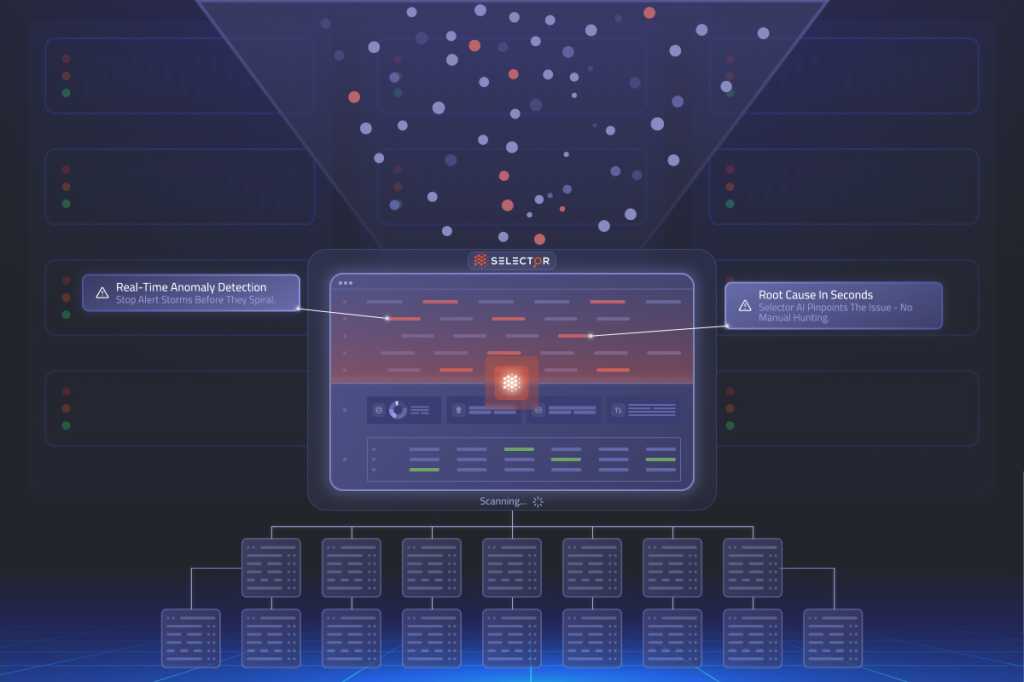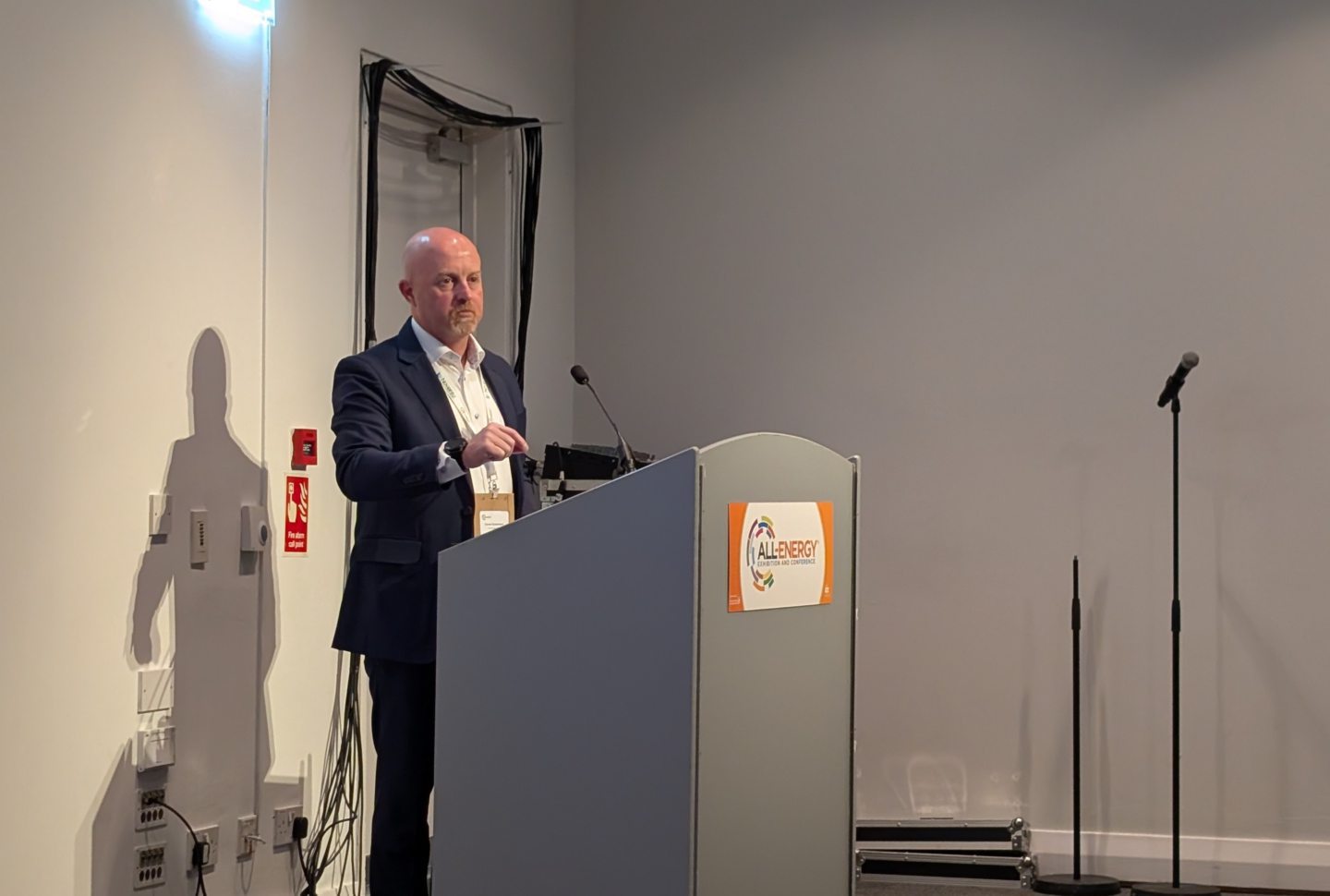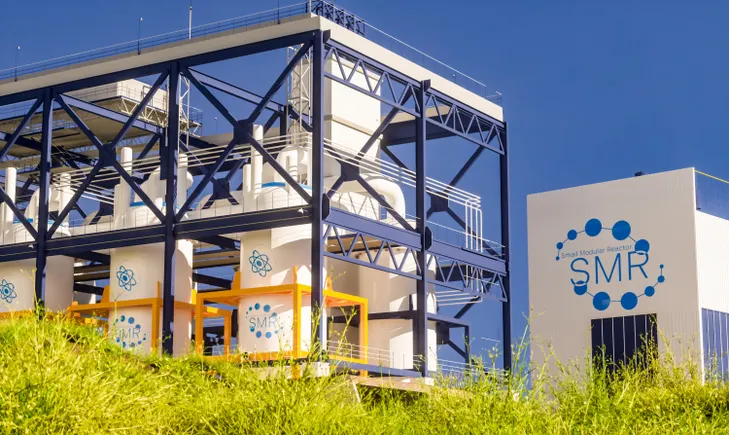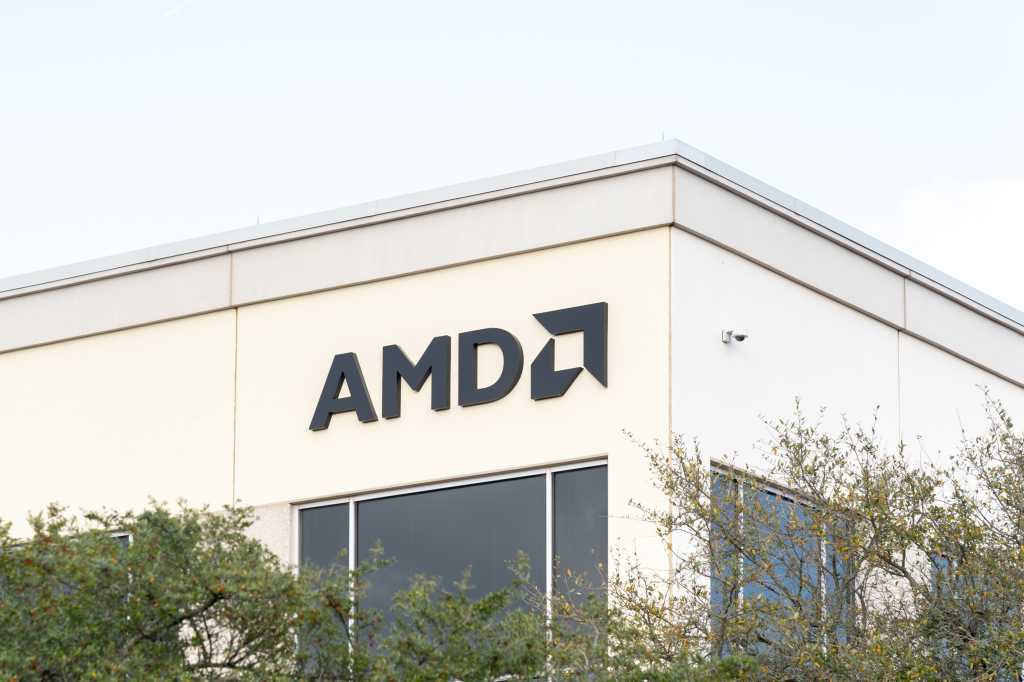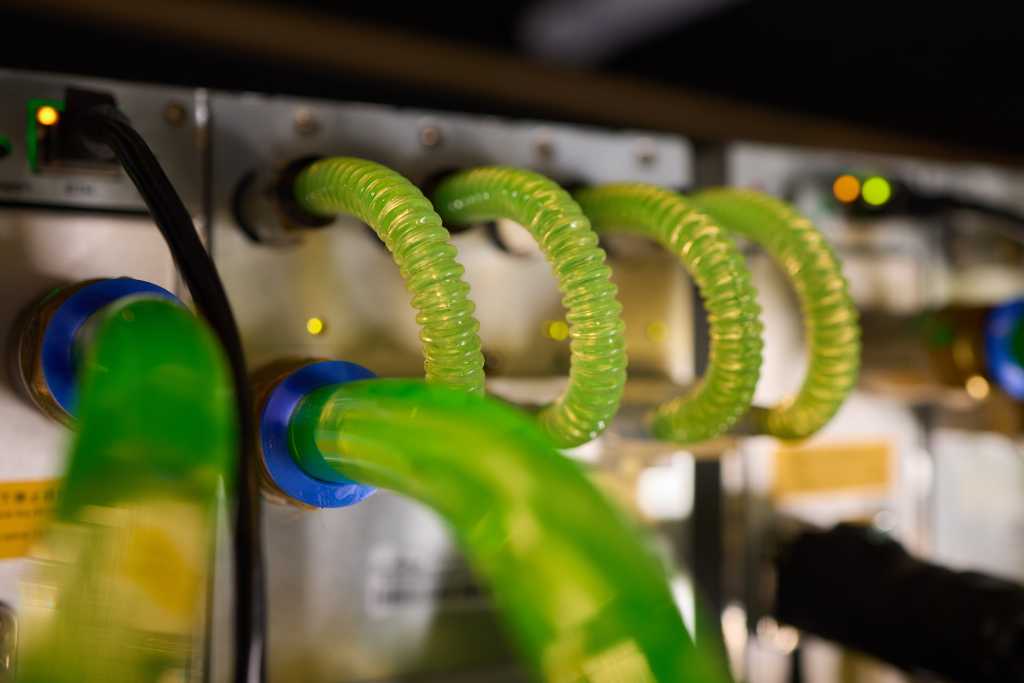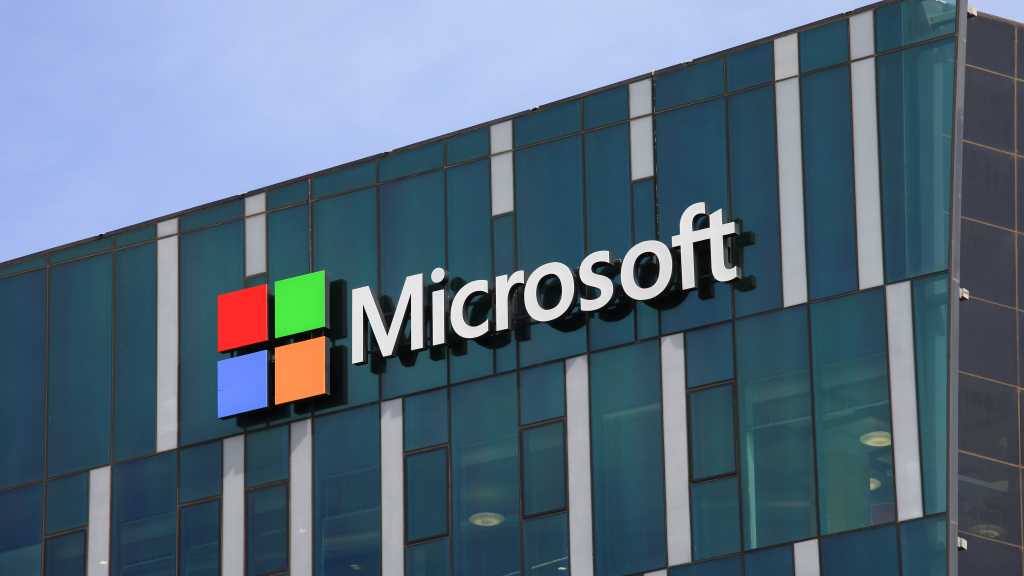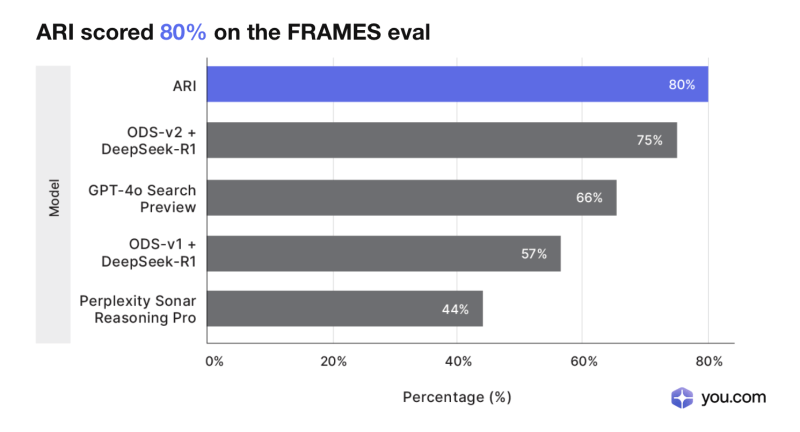
In an exclusive interview with Rigzone on Thursday, Bill Farren-Price, Senior Research Fellow and Head of Gas Research at the Oxford Institute for Energy Studies, said the oil price is down today on U.S. President Donald Trump “saying [the] U.S. [is] in serious talks with Iran for long term peace”.
Farren-Price told Rigzone this implies the possible lifting of sanctions on Iran oil.
Lucas Herrmann, the Head of Oil & Gas Equity Research at BNP Paribas Exane, told Rigzone in a separate exclusive interview on Thursday that the oil price is dropping today because of “dovish Iranian dialogue [on a] U.S. and Iran nuclear [deal]”.
Herrmann added that there is “less perceived risk of Trump going hard on Iranian exports”.
In an oil report sent to Rigzone by the Skandinaviska Enskilda Banken AB (SEB) team on Thursday, Ole R. Hvalbye, a Commodities Analyst at the company, stated that “Iran is currently in the spotlight, having signaled its willingness to sign a nuclear deal with the U.S. in exchange for lifting economic sanctions”.
In a separate oil report sent to Rigzone by the SEB team on Tuesday, Hvalbye said the market was “pricing in relaxed restrictions on Iranian crude exports after President Trump signaled progress in nuclear negotiations over the weekend”.
“Further talks are expected within the next week,” Hvalbye added in that report.
Inki Cho, Financial Markets Strategist Consultant to Exness, said in a market analysis sent to Rigzone on Monday that “U.S.-Iran nuclear negotiations have the potential to bring additional Iranian crude to the market should a deal be reached, elevating the risk of renewed price pressure in the short term”.
Rigzone has contacted the White House and the Iranian Ministry of Foreign Affairs for comment on Farren-Price, Herrmann, Hvalbye, and Cho’s statements. At the time of writing, neither have responded to Rigzone.
In a video posted on Rapid Response 47’s X page on Wednesday, which was reposted by the White House X page, Trump said “I want to make a deal with Iran, I want to do something if it’s possible”. Rapid Response 47 describes itself as the “official rapid response account of the Trump 47 White House”.
In its latest short term energy outlook (STEO), which was released on May 6, the U.S. Energy Information Administration (EIA) highlighted that Iran’s petroleum and other liquid fuels production averaged 4.74 million barrels per day in the first quarter of 2025 and 4.63 million barrels per day overall in 2024.
In its previous STEO, which was released in April, the EIA highlighted that Iran’s petroleum and other liquid fuels production averaged 4.76 million barrels per day in the first quarter of this year and 4.63 million barrels per day overall in 2024.
The EIA pointed out in its STEOs that its petroleum and other liquid fuels production figures include crude oil, lease condensate, natural gas plant liquids, other liquids, refinery processing gain, and other unaccounted for liquids.
The EIA describes itself on its site as the statistical and analytical agency within the U.S. Department of Energy. It collects, analyzes, and disseminates independent and impartial energy information, according to its site.
Farren-Price has reported and researched the Middle East energy industry for 25 years, the Oxford Institute for Energy Studies website notes. The site highlights that Farren-Price previously worked as the director of macro oil and gas intelligence at Enverus.
A bio on Herrmann’s social media states that he “has worked as a sell-side analyst for over 35 years building and leading highly rated sell-side research teams following Chemicals, Pharmaceuticals and for the past twenty years Oil & Gas both regionally and globally”.
SEB’s site notes that Hvalbye has experience from energy markets and commodities from Norsk Hydro and Rystad Energy and a bio on Cho’s social media states that he “specialize[s] in providing expert insights on macroeconomic trends, cryptocurrency-related instruments, derivatives, CFDs, and daily market reports”.
To contact the author, email [email protected]


